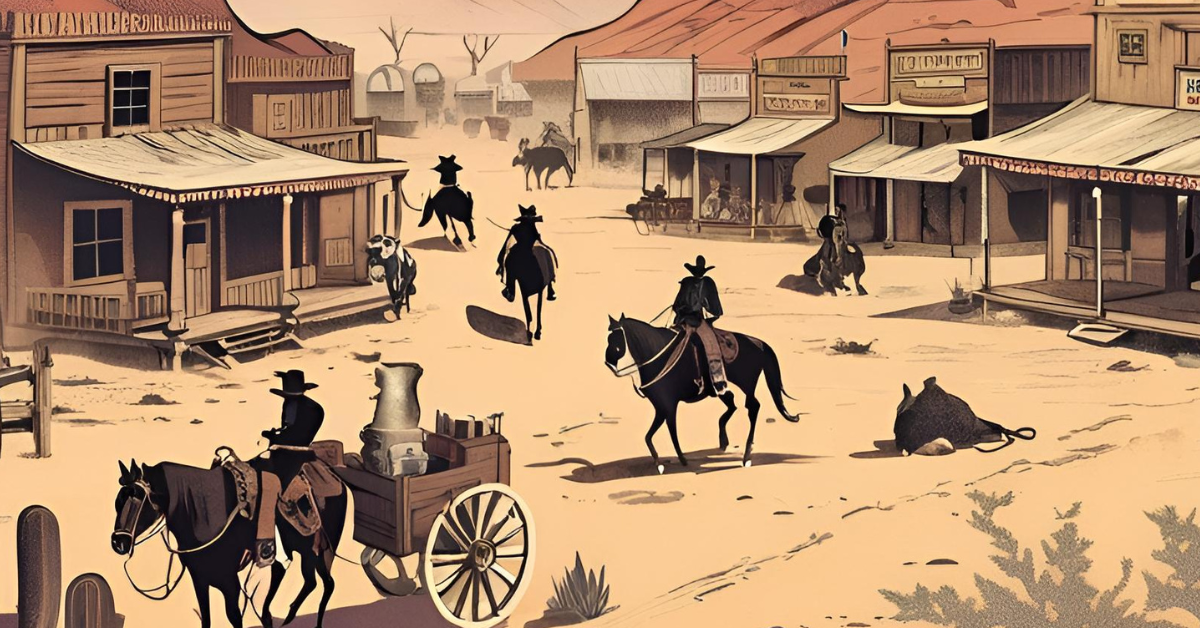
From Creation to Recognition: Navigating the Visibility Challenge
We’re living in an incredible era where creating websites and launching digital products has never been easier.
Back in my middle and high school days, when I first delved into website creation with projects like ThirdGeek and XPreme Magazine, the internet was just beginning to take off. But let me tell you, building things back then was no walk in the park.
We didn’t have the luxury of AI tools or user-friendly platforms like Canva or WordPress. Crafting websites meant getting down and dirty with HTML, designing graphics from scratch, and sometimes even cobbling together our own content management systems. It was a laborious process that often ate up entire days – if not weeks – just to get something online.
And let’s not forget the struggles of web hosting and browser compatibility. Achieving pixel-perfect layouts across different browsers was a nightmare, and without the support of today’s social media giants, growing an audience required some serious creativity.
But hey, I was a resourceful kid. I found ways to get noticed, whether it was scoring mentions on ZDTV (before it became TechTV and later G4TV), getting featured on Slashdot, or even making waves on platforms like FuckedCompany. Those were the days!

The Wild West of Early Internet
What’s crazier is that the early days of the internet felt easier for discovery than now.
I know, it sounds insane.
Before Google, Facebook, Instagram, TikTok – people found you differently online. The early days of the internet were akin to a digital Wild West, where creativity and ingenuity were the currencies that bought visibility. Back then, discovery was organic, fueled by curiosity rather than algorithms. Today, the internet feels more like a sprawling metropolis where visibility is controlled by gatekeepers—algorithms that prioritize profit and user retention over creativity and diversity.
We had a golden age of “content discovery.” Social media platforms brought incredible opportunities. You could create an account, start posting, and people would find you.
Algorithms existed, but they weren’t as refined. User engagement mattered, but in different ways than today.

The Algorithm Giveth, and the Algorithm Taketh Away
In the early days of social media, building an audience was a breeze. First movers had the upper hand, and algorithms were more conducive to sharing outside links.
However, as social media platforms evolved, they prioritized metrics like total time of engagement per session. This led to algorithm changes designed to keep users within the platform’s walled garden. Unfortunately, this meant penalizing posts with lower engagement and views, especially those containing external links.
As a result, it became increasingly challenging to gain visibility and traction on social media platforms.

Controlling Your Own Platform: The Key to Freedom
Here’s where it gets interesting – and where owning your own platform becomes more than just a nice-to-have.
In today’s world of shadowbans, random account suspensions, and algorithmic black holes, you could pour your heart and soul into your social media presence, only to wake up one day and find you’ve been poof!—digitally ghosted by the very platform you built on. Whether it’s a mysterious algorithm glitch or something more sinister, having your content disappear from people’s feeds is a real threat.
Enter: the power of controlling your own platform. Imagine having your own website and an email newsletter, platforms that you own and control. These are your digital assets—your internet home base, immune from the whims of an algorithm that decides whether you’re worthy of being seen today. No one can shadowban your own website, and no algorithm is going to hide your email from your most loyal subscribers (unless you’re putting them straight into the spam folder, but hey, that’s a different problem!).
When you own your platform, you’re not just another account on someone else’s turf. You’re the landlord. You set the rules. It’s like trading in your rented apartment for a cozy home where no one can kick you out or tell you what color to paint the walls. If Facebook decides tomorrow that cat photos and recipe blogs are banned (how dare they), you’ll still have your email list and your website chugging along.

Long-Term Play: The Marathon, Not the Sprint
But here’s the kicker—owning your platform doesn’t mean you’re going to see instant results. I get it, we’re all hungry for those sweet, sweet numbers: the likes, the shares, the instant gratification that comes with going viral. But let me let you in on a little secret: chasing short-term wins is like eating dessert before dinner. Sure, it’s satisfying in the moment, but it’s not going to give you the sustenance you need for long-term success.
Building your own website, growing an email list, and nurturing a community outside of social media? That’s the long game. It’s slower, sometimes tedious, but so much more rewarding. Why? Because when you own your platform, you’re playing a marathon while everyone else is sprinting. Sure, they might speed past you now, racking up likes and views, but when the latest algorithm update leaves them stranded, you’ll still be running steady.
Think of it like planting a tree. Sure, it doesn’t grow overnight, but once it does? You’ve got deep roots, a strong foundation, and something that can weather any storm. In the world of digital marketing, owning your platform is that tree.

Why Short-Term Thinking is So Last Year
If you’re focusing solely on the short-term—counting every like, every follower as the be-all, end-all—you’re doing it wrong. And you’re missing out on the real treasure of the digital world: longevity.
The truth is, social media platforms come and go (just ask MySpace). What’s hot today might be obsolete tomorrow. But your email list? Your website? They’re yours forever. You’re not at the mercy of changing trends or corporate decisions when you control your own corner of the internet. It’s a slow burn, but the kind that lasts.
Success isn’t just about getting attention for a few minutes; it’s about keeping it. And the people who keep coming back to your website, who open your emails and engage with your content—they’re the ones who will stick with you for the long haul. They’re not just followers. They’re your community, your loyal audience. And in the end, that’s what matters most.

Playing the Long Game with Patience & Wit
So, if you’re in this for the quick wins, the viral moments, and the fleeting fame, I hate to break it to you, but you’re playing the wrong game. Building your own platform is about playing the long game. It’s about patience, strategy, and sometimes a little bit of wit. It’s about planting seeds today that will grow into something much more sustainable tomorrow.
The reality is, short-term gratification fades as quickly as it comes. But the work you put into building and controlling your platform will keep giving back long after the latest TikTok trend dies out.
So don’t just think about the short term. Think about the foundation you’re building. Think about how it will serve you tomorrow, next year, and even a decade from now. When the next big social platform comes along (and trust me, it will), you’ll still have your core audience, still building, still growing, still owning your digital space.
And when that day comes? You’ll thank yourself for planting those seeds.